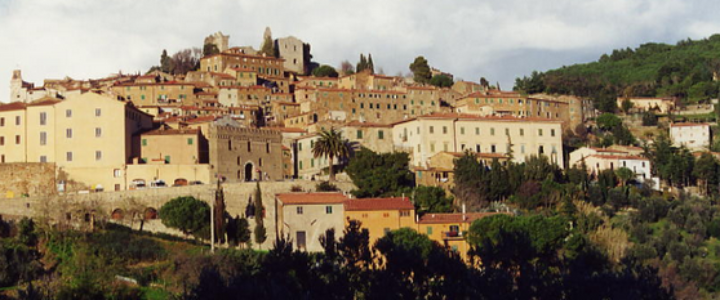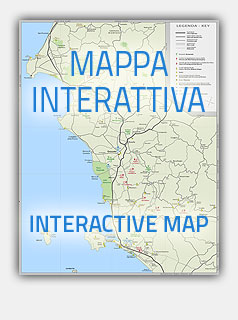
Many archaeological remains that you can find in the area date back to the middle ages. The municipality already in Etruscan and Roman times is characterized by the fact that the area is rich in minerals, evidence of this activity are visible at the foot of the village where today stands the Church of the Madonna di Fucinaia and archaeo-mineral San Silvestro. Today you can visit the furnaces and the mine shafts.
Some years ago Were detected traces of a village of huts of VIII-IX century but is in the middle ages that the settlement takes shape. In the eleventh century we have the first evidence of written sources that speak of urban settlement of Campillia although it is definitely from the mid-12th century, when the historical events influenced the Pisan village, which they start talking more and more of the city.
The village retains a high walled part, with the Manor House and a church, and the lower village, defended by another stone and production facilities (mill, furnaces)
The castle of Campiglia
The complex of the fortress dominates the highest portion of the relief on which Campiglia develops the village where since the 10th century there developed a village of large wooden huts, inhabited by individuals who were primarily based on pig farming and of forest resources
The Museum of the fortress
located within the complex was opened in 2008 as a result of archaeological studies carried out by the Department of Medieval archaeology at the University of Siena. Exposes all artifacts found during excavations by reconstructing, through graphic reconstructions and educational panels, the history of the complex and its transformations over the centuries.






 Home
Home Home
Home